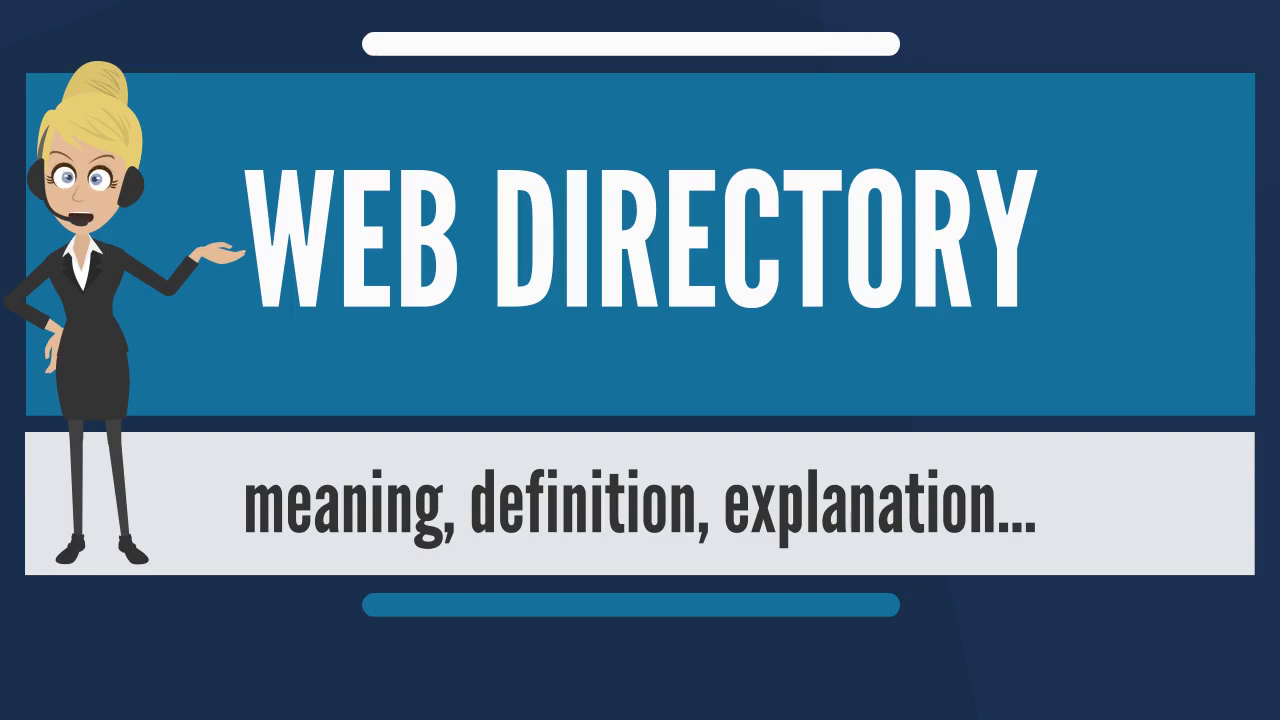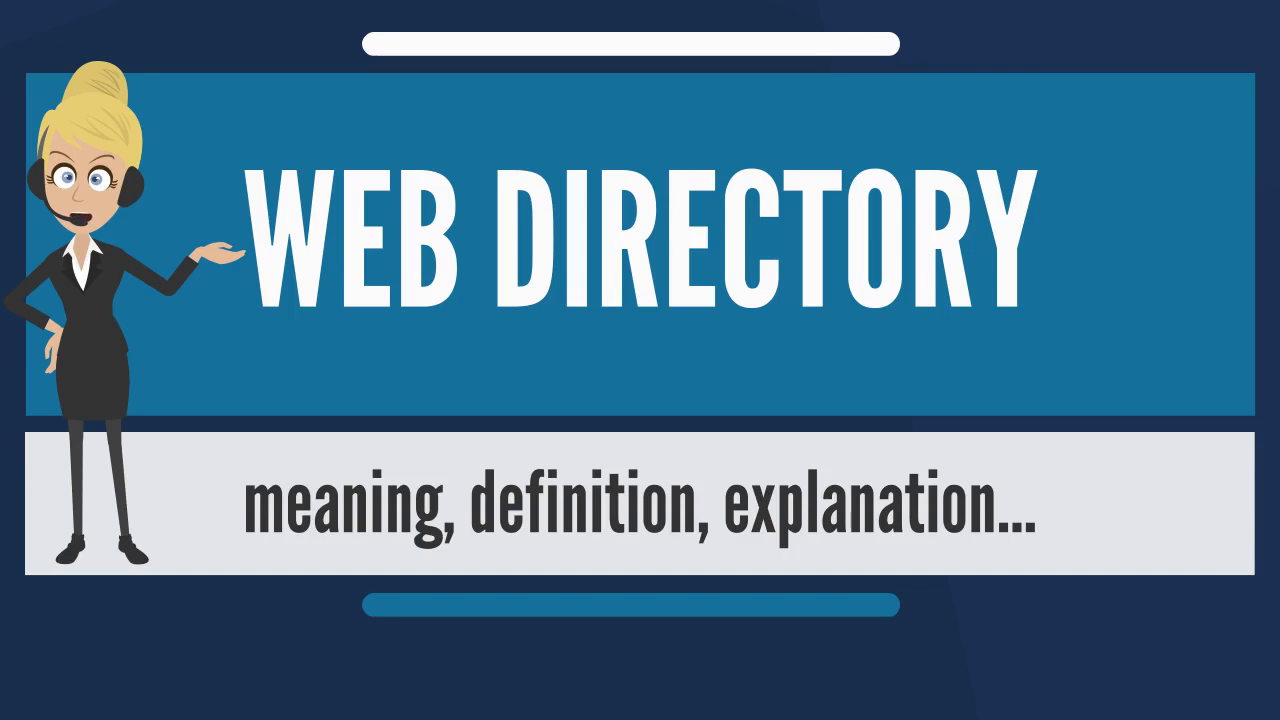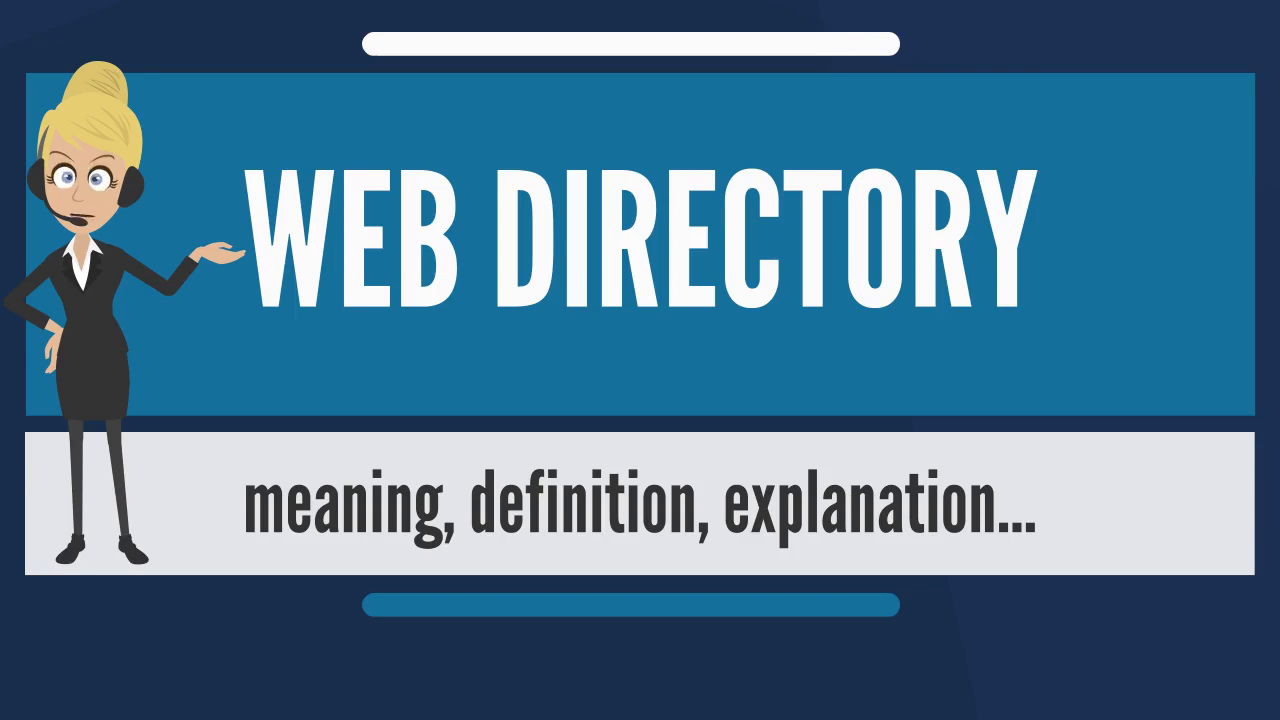What is a web directory?
A web directory, also known as a link directory, serves as an online catalog or list of websites. These directories categorize and organize websites into structured lists for easier access, often supplemented by descriptions and direct links. Historically and in current usage, web directories remain valuable tools for accessing and navigating the World Wide Web systematically.
Definition and purpose of a web directory

Click here to view this section on YouTube
Web directories function as structured catalogs where websites are grouped into categories and subcategories. These directories provide organized and categorized links that make browsing more efficient. Unlike search engines that rely on algorithms and automated crawlers to retrieve websites, web directories are often curated manually by human editors. As a result, web directories are held to a higher standard of organization and quality assurance.
Web directories were originally designed to list entries about people or businesses, including their contact information. While this practice continues today, modern web directories have shifted focus to cataloging websites, often covering entire websites rather than specific individual web pages (also referred to as "deep links").
How web directories differ from search engines
While both web directories and search engines aim to help users find information, there are key differences between the two. Search engines like Google or Bing rely on web crawlers to automatically collect and index data about websites. They focus on generating search results based on keywords and relevancy using sophisticated algorithms.
In contrast, web directories depend on human editors to evaluate websites for quality and organize them appropriately within categories. Although some directories facilitate searching their content through built-in search engines, their primary purpose lies in structuring information into easy-to-navigate lists or categories.
Organization and functionality within web directories

Click here to see how web directories work
Web directories provide information that is carefully organized into categories and subcategories. Each entry typically includes:
- A link to the website: Directly connecting users to the provided resource.
- The website title: Providing clarity about the content.
- A brief description: Offering a concise summary of what users can expect to find on the website.
One limitation, inherent to web directories, lies in their capacity to include websites. In many cases, individual websites are restricted to one or a few categories only, depending on their relevance.
Types of web directories
Web directories vary based on purpose and type. There are:
- General directories: Inclusive of websites across a wide array of topics and industries.
- Niche directories: Focused on specific subjects, industries, or geographic locations. Examples include shopping directories, academic directories, or directories for healthcare-related sites.
For example, an academic directory might exclusively list educational resources and institutions, while a regional directory could specialize in websites relevant to a specific city or country.
How users interact with web directories
Web directories simplify the process of finding information by offering two primary methods of interaction:
- Browsing: Navigating through hierarchically organized categories to find the desired content.
- Searching within the directory: Some directories integrate internal search engines that allow users to search through their curated listings by entering keywords.
These approaches make accessing well-organized content efficient and user-friendly, even in an age dominated by algorithm-driven search engines.
Human-curated content and submission processes
Unlike the automated processes used by search engines, human editors oversee submissions and ensure quality control within web directories. Many directories allow website owners to submit their websites for review. This review process involves editors checking submissions for fitness—ensuring the website adheres to the directory's standards of accuracy and relevance.
Web directories may use one of the following submission models:
- Free submissions: Website owners can submit their URLs without cost.
- Paid submissions: Some directories charge a fee for submission, providing website owners the opportunity to list their websites in exchange for payment.
Human-curated content helps maintain the quality of web directories, ensuring trustworthy and reliable resources are included.
History of web directories

Learn more about the origins of web directories
Web directories have a storied history that dates back to the early days of the internet. In the early 1990s, Tim Berners-Lee, the creator of the World Wide Web, hosted a manually curated list of web servers on the CERN web server. This list eventually evolved into the World Wide Web Virtual Library, one of the first well-organized web directories.
Over the years, prominent web directories emerged, including:
- Yahoo Directory: Initially launched in the 1990s, this directory was widely popular for categorizing the internet's growing number of websites. However, Yahoo Directory ceased operations in late 2014 due to shifting industry practices.
- DMOZ (The Open Directory Project): A significant directory due to its highly categorized structure and open availability for other directories and search engines. Sadly, DMOZ shut down in March 2017, marking the decline of traditional web directories in favor of modern search engines.
Niche directories and specialized uses
While some web directories focus broadly across industries and topics, others have carved out niches. For instance, shopping directories specialize in listing retail and e-commerce websites. These directories provide users with an easy way to navigate options for online shopping while allowing businesses to gain visibility within relevant categories.
Other examples of niche directories include:
- Industry-specific directories (e.g., healthcare, technology).
- Regional and language-restricted directories (e.g., Japan-only or Spanish-language-focused categories).
These specialized approaches make web directories more targeted for specific audiences, allowing them to find content more suited to their preferences and needs.
Modern developments and challenges

Discover how web directories have adapted in recent years
Despite the growing dominance of search engines, web directories have adapted their practices through innovations like:
- Automated submissions: Systems that allow related links to be submitted to directories with minimal manual input.
- Social software elements: Collaborative tagging, categorization, and community curation techniques have introduced modern approaches to managing directory content.
Certain platforms, such as Amazon.com, have also shown interest in integrating categorization techniques directly into their product pages to enhance information discovery.
However, web directories face an ongoing debate about quality and relevance in the digital era. Critics argue that some directories feature outdated information or suffer from inconsistencies in categorization. The challenge lies in balancing manual quality control with the scalability to handle millions of entries.
Conclusion
Web directories serve as a bridge between the traditional methods of information cataloging and the fast-paced digital world dominated by search engines. With their human-curated content and organized structures, web directories continue to provide value for users looking for reliable, categorized information. While their prominence may have diminished alongside the rise of algorithm-based platforms, web directories remain an essential piece of internet history and usage.
Whether you're seeking a general catalog or a specialized niche directory, these platforms offer clarity and organization in the vast and often overwhelming expanse of the internet.
